Milk intake and risk of mortality and fractures in women...
Milk intake and risk of mortality and fractures in women and men: cohort studies
Author(s): Michaëlsson K et al.
J / D / DOI: BMJ / 28-10-2014 / 10.1136/bmj.g6015
More study details
- Study population (Humans)
- Number of test entities:
- total (106772)
- Study type (cohort study)
- Study method (in vivo)
- Study duration:
- years (20)
Major areas of study (META): This study shows that high milk consumption is associated with increased mortality in women and men and a higher fracture rate in women.
Abstract
Objective: To examine whether high milk consumption is associated with mortality and fractures in women and men.
Design: Cohort studies.
Setting: Three counties in central Sweden.
Participants: Two large Swedish cohorts (long-term observation of a group to examine the influence of factors on diseases), one with 61,433 women (39-74 years at baseline 1987-90) and one with 45,339 men (45-79 years at baseline 1997), were administered food frequency questionnaires. The women responded to a second food frequency questionnaire in 1997.
Main outcome measure: Multivariable survival models (analysing how different factors influence risk and time to event) were applied to determine the association between milk consumption and time to mortality (death) or fracture (broken bones).
Results: During a mean follow-up of 20.1 years, 15,541 women died and 17,252 had a fracture, of whom 4259 had a hip fracture (fractures of the femur in the hip joint area). In the male cohort with a mean follow-up of 11.2 years, 10,112 men died and 5066 had a fracture, with 1166 hip fracture cases. In women the adjusted mortality hazard ratio for three or more glasses of milk a day compared with less than one glass a day was 1.93 (95% confidence interval 1.80 to 2.06). For every glass of milk, the adjusted hazard ratio of all cause mortality was 1.15 (1.13 to 1.17) in women and 1.03 (1.01 to 1.04) in men. For every glass of milk in women no reduction was observed in fracture risk with higher milk consumption for any fracture (1.02, 1.00 to 1.04) or for hip fracture (1.09, 1.05 to 1.13). The corresponding adjusted hazard ratios in men were 1.01 (0.99 to 1.03) and 1.03 (0.99 to 1.07). In subsamples of two additional cohorts, one in males and one in females, a positive association was seen between milk intake and both urine 8-iso-PGF2α (a biomarker of oxidative stress) and serum interleukin 6 (a main inflammatory biomarker).
Conclusions: High milk intake was associated with higher mortality in one cohort of women and in another cohort of men, and with higher fracture incidence in women. Given the observational study designs with the inherent possibility of residual confounding and reverse causation phenomena, a cautious interpretation of the results is recommended.
Cite as (Vancouver style)
Michaëlsson K, Wolk A, Langenskiöld S, Basu S, Warensjö Lemming E, Melhus H, Byberg L. Milk intake and risk of mortality and fractures in women and men: cohort studies. BMJ. 2014;349:g6015.
To understand health and ecology, extensive basic knowledge is required. Here you will find fact-based texts and book reviews.
Due to a lack of knowledge, vegetarians, vegans, and raw foodists often eat unhealthily – for years or even decades. This basic knowledge can prevent this.
The China Study clearly lays out how the current Western diet can be improved to prevent lifestyle diseases. We say: Most important book on nutrition and health
Basic information about our diet, list of significant change options based on levels of nutrition.
In "Nutrients comprehensively explained" we state the health benefits AND disadvantages for a conscious choice of food, because we're not selling anything.
Erb Muesli with Rolled Oats is a vegan (lactose-free), raw muesli. It serves as an especially healthy breakfast and is a good “bread replacement.”
These Cucumber Rolls with “Goat’s Cheese” and Mint Sauce hold together surprisingly well. They are ideal as an appetizer or finger food.
Sun-dried chili peppers and parsley give the savory pea pancakes a special flair. We recommend trying the pancakes with curry.
The fiery spiciness of the chili in this sophisticated dessert harmonizes with the fruity sweetness of the orange-oat dumplings and the mango-lemon sauce.
These vegan potato dumplings (pockets) have a spinach and mushroom filling and are made with potatoes that have been cooked in advance.



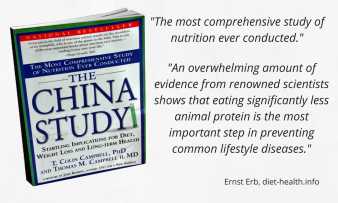

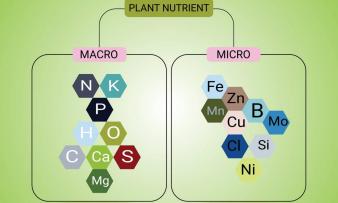
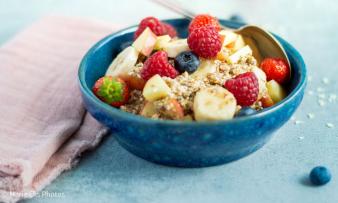

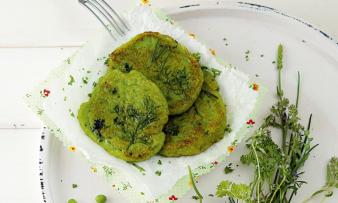
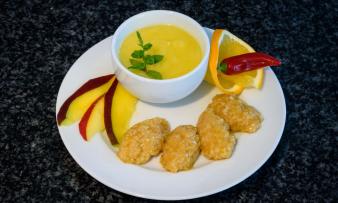
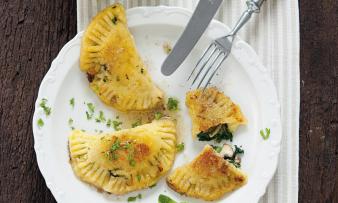
Comments